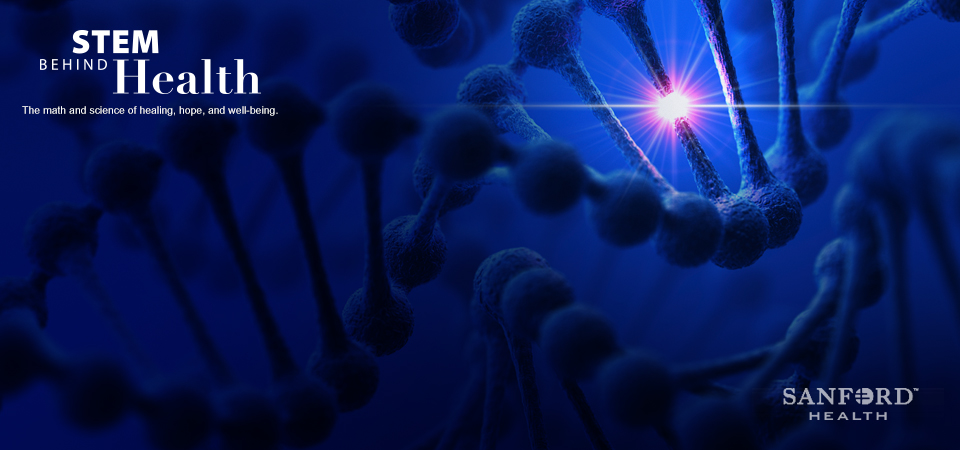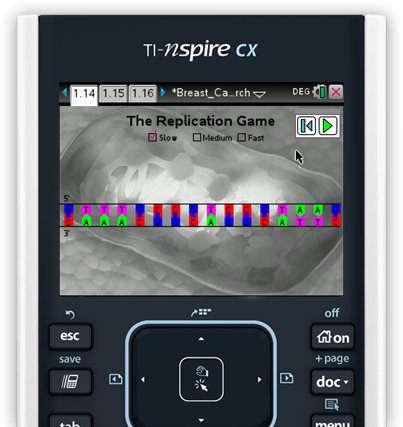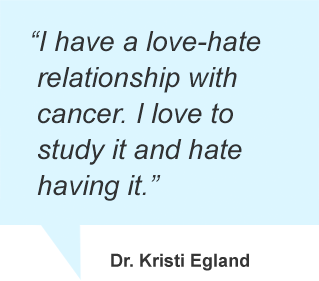Bringing students into the fight against breast cancer
Dr. Anu Gaba sees the TI-Nspire™ simulation, Breast Cancer: When Good DNA Goes Bad, as an exciting way to engage students in STEM disciplines that she and her colleagues use every day in the search for more effective diagnostics, treatments and cures.
“The more young people we can get this message out to, the more they’ll be aware about the possibilities of career pathways in science, research, medicine, and health related field,” she says.

Dr. Gaba and her colleagues at the Edith Sanford Breast Center are at the front of genomic cancer research that “allows us to identify inherited changes, passed on from generation to generation, and changes in the tumor genetics that may determine treatment,” she says.
She also says the TI-Nspire™ simulation extends the Center’s commitment to empowering women to be proactive about their health into the middle grades and high school science classroom:
“Girls need to be aware of their body and know what’s normal. If they think something isn’t right, check in, take care of yourself and if something doesn’t feel right, get it checked out.”








